Fleurs du Mal Magazine


Or see the index

H e i l i g V u u r
RELIGIE EN SPIRITUALITEIT
IN DE MODERNE KUNST
13 december 2008 tot en met 19 april 2009
N i e u w e K e r k A m s t e r d a m
In oktober 2008 verliet het Stedelijk Museum haar locatie in het Post CS-gebouw. Naar verwachting zal het Stedelijk Museum eind 2009 zijn nieuwe behuizing openen aan het Museumplein. In de aanloop naar de heropening van het Stedelijk Museum nodigt De Nieuwe Kerk het Stedelijk uit om de collectie van het museum zichtbaar voor het publiek te houden met de tentoonstelling Heilig Vuur. Religie en spiritualiteit in de moderne kunst van 13 december 2008 tot en met 19 april 2009.
De tentoonstelling Heilig Vuur laat met circa 80 topstukken uit de collectie van het Stedelijk Museum zien hoe divers de religieuze beleving onder moderne kunstenaars is geweest en nog altijd is. Vele van de geëxposeerde werken van kunstenaars als Mondriaan, Malevitsj, Chagall, Schnabel, Rothko, Bacon, Gilbert & George, Mike Kelley en Marlene Dumas zijn jarenlang niet getoond en laten nu weer de verrassende breedte van de collectie zien. Andere werken zijn eerder in de vaste opstelling van het museum gepresenteerd en krijgen nu in de context van De Nieuwe Kerk een andere dimensie. De Nieuwe Kerk wordt deze winter hét museum voor moderne kunst in Amsterdam.
Wereldreligies zijn in brede lagen van de samenleving het onderwerp van soms heftige polemieken. Religie is weer helemaal terug in het publieke debat. De tentoonstelling Heilig Vuur sluit hierbij aan, met topstukken uit de collectie van het Stedelijk Museum.
Deze tentoonstelling is de vierde samenwerking tussen De Nieuwe Kerk en het Stedelijk Museum. In 1992, 2002 en 2003 maakten zij al eerder tentoonstellingen met moderne beeldhouwkunst en met de negentiende- en vroeg twintigste-eeuwse collectie van het Stedelijk Museum.
NIEUWE KERK AMSTERDAM
Heilig Vuur. Religie en spiritualiteit in de moderne kunst
fleursdumal.nl magazine
More in: Exhibition Archive
![]()
Gregor Schneider: END
The second phase of construction at
Museum Abteiberg in Mönchengladbach
Gregor Schneider’s concept for the second phase of construction at Museum Abteiberg takes the form of an over-dimensioned walk-in sculpture to be implemented as a temporary building.
Schneider’s concept envisages the museum as a black hole leading into an unknown space. The visitor enters it through a black opening. Total blackness removes all sense of place and engenders an experience of complete isolation, compelling visitors to feel their way along the walls of a corridor into total darkness, before eventually discovering a new entrance to the museum. The exhibition rooms located beyond the entrance are also entirely dark, their architecture vanishing into a black and obscure nothingness. Sensitised in this manner, visitors then enter Gregor Schneider’s innovative presentation of the museum’s collection, which includes original rooms from Haus u r.
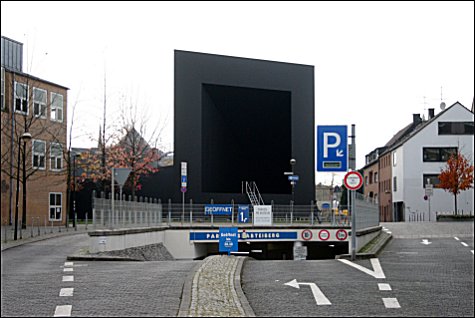
Gregor Schneider has designed a new entrance for the Abteiberg Museum that is as monumental as it is mysterious. The huge walk-in sculpture will be erected on the lawn in front of the museum where the second part of the museum building, designed by Hans Hollein, will eventually be built. The front of the black edifice faces the vision axis of Mönchengladbach’s main shopping street. It will have a 14 x 14 meter square entrance, black both in- and outside and visible from afar, which will lead into a 70-meter long, totally dark corridor. It will extend diagonally in the shape of a tapering funnel, ending in a small, 1 x 1 meter hole that breaks through the closed museum wall and eventually reaches one of the ‘clover-leaf’ rooms in the museum interior.
The dimensions of this project both as urban architecture and a critical statement are one of its key features. This work was made possible by generous funding from the state of North-Rhine Westphalia (NRW) and the NRW Art Foundation as well as companies and private sponsors. The result is a major landmark that draws attention to what was previously a rather inconspicuous inner-city museum and endows its currently hidden entrances with new prominence. The enormous entrance tunnel, located in front of the museum on land due to become available for development, catches the eye from several perspectives including the central axis of Hindenburgstraße and the driveway from Abteistraße, virtually drawing the viewer’s gaze into itself.
Gregor Schneider and Museum Abteiberg are connected by both the locale and the concept, since Haus u r and the museum are both rooted in this city. Moreover, the ideas behind and history of Museum Abteiberg are closely associated with contemporary discourse on architectonic space. Not only Hans Hollein’s pioneering architecture, but also objects in the museum’s collection by his contemporary Gordon-Matta Clark, which were among its early acquisitions, testify to the museum’s special place in the discourse on the meaning of architecture.
It has therefore been one of the museum’s main wishes to acquire for the museum’s collection the central “Kaffee Zimmer” (Coffee Room) from Haus u r for its collection to join the “Abstellkammer” (Storeroom), which it purchased some time ago. It was equally important that the artist himself should design the installation for Museum Abteiberg. Here, Gregor Schneider further explores themes that have always been important to the museum: how to retrieve, present and communicate complex works of contemporary art that pose new challenges for museums (see also the artist’s extensive preliminary remarks: “Von der Zeit, da das immobile Haus mobil wurde” (About the time when the immobile house became mobile), interview in the June 2007 issue of Kunstforum International).
Starting from the museum’s acquisition of “Kaffeezimmer”, made possible by generous funding from the Kulturstiftung der Länder (KSL), the state of North-Rhine Westphalia and the Foundation for Culture and Science of Stadtsparkasse Mönchengladbach, Gregor Schneider designed a set of six rooms, which extend from the tunnel END inside the museum. The installation is staged in the completely darkened museum space, in which a number of rooms can be combined without having to refer to the surrounding architecture. The result is a stage-like presence, emphasising Gregor Schneider’s recent preoccupation with theatre and the importance of his film work. Alongside the illuminated original rooms, projections from Haus u r are presented together with unpublished film work that presents former villages in the nearby lignite mining fields as well as the house on Odenkirchener Straße in Rheydt (not far from Haus u r) where Joseph Goebbels was born. A further feature is the presentation of the geographical and historical origins of Schneider’s artistic discourse: the house in Rheydt and its regional vicinity, abandoned houses awaiting demolition and the landscapes of the Rhineland opencast mining industry, all traces of suppressed recent history. All these media will be used to create the “Smithsonesque” situation of a “non-site” in the museum (freely adapted from Robert Smithson’s dialectical thesis), which will be considerably enhanced by the special END entrance.
Website Museum Abteiberg Mönchengladbach
fleursdumal.nl magazine
More in: Architecture, Exhibition Archive, Galerie Deutschland, Gregor Schneider, Sculpture
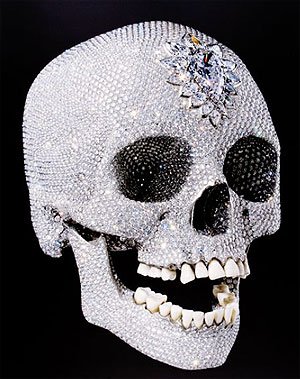
Rijksmuseum Amsterdam
1 november – 15 december 2008
D A M I E N H I R S T
F O R T H E L O V E O F G O D
Diamanten schedel Damien Hirst zes weken te zien in het Rijksmuseum
Het Rijksmuseum presenteert van 1 november tot en met 15 december 2008 de wereldberoemde met diamanten ingelegde schedel For the Love of God van de Britse kunstenaar Damien Hirst. Hiermee is het Rijksmuseum er in geslaagd de wereldprimeur van de internationale tournee van het kunstwerk naar Amsterdam te halen. Daarnaast is Hirst gevraagd een persoonlijke keuze te maken uit de 17de-eeuwse collectie van het Rijksmuseum. For the Love of God gaat open voor het publiek op 1 november tijdens de Amsterdamse Museumnacht en is slechts zes weken te zien in het Rijksmuseum.
Damien Hirst:”Als kunstenaar wil ik toch dingen maken waar mensen voor kunnen staan, waar zij zich toe kunnen verhouden, die ze moeten beleven. Dan moet je ze ook zo goed mogelijk laten zien.” (interview Damien Hirst in OOG, magazine voor kunst en geschiedenis van het Rijksmuseum nr 4 – 2008)
For the Love of God is een platina afgietsel van een mensenschedel, bezet met 8.601 loepzuivere diamanten. Op het voorhoofd zit een grote, natuurlijk roze, peervormige diamant, de Skull Star Diamond genaamd. In het afgietsel zijn de tanden van de originele schedel gezet. Het werd internationaal enthousiast ontvangen en genereerde een grote hoeveelheid publiciteit toen het werk in 2007 in de White Cube Gallery in Londen voor het eerst werd getoond. De Nederlandse kunsthistoricus Rudi Fuchs omschrijft het werk als “een bovenwereldse schedel, bijna hemels”. Hij brengt het werk van Hirst tevens in verband met memento mori en vanitas (vergankelijkheid), motieven die in de Gouden Eeuw populair waren. For the Love of God en de persoonlijke keuze van Hirst uit de collectie van het Rijksmuseum, laat zien hoe de angst voor de dood door de eeuwen heen in schoonheid wordt gevat. For the Love of God wordt daarom getoond in de Philipsvleugel, temidden van de Meesterwerken uit de Gouden Eeuw.
Rijksmuseum Amsterdam
fleursdumal.nl magazine
More in: Exhibition Archive
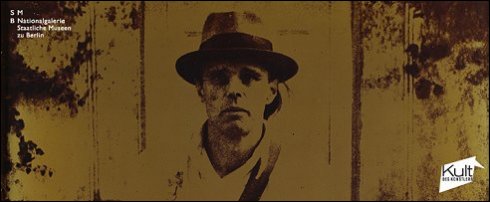
Hamburger Bahnhof Berlin
Museum für Gegenwart
Kult des Künstlers:
B E U Y S
Die Revolution sind wir
3 Oktober 2008 – 25 Januar 2009
In der zweiten Hälfte des 20. Jahrhunderts wird der Kunst in Joseph Beuys (1921-1986) eine Gestalt geboren, die in ihrem universellen Anspruch und ihrer genialen Bildlichkeit weit in die europäische Geistesgeschichte ausgreift. Kein Künstler des 20. Jahrhunderts hat sein Denken über die Beziehungen zwischen Kunst und Gesellschaft so komplex angelegt wie Joseph Beuys.
Zwanzig Jahre nach der letzten umfassenden Ausstellung in Deutschland, der große Ausstellungen in Zürich, Paris und London gefolgt sind, wird die Ausstellung BEUYS. Die Revolution sind wir diesem großen Raum seiner Ideen eine Gestalt geben. Erstmals wird der gesamte Kontext anhand von Dokumenten, Schriften, Filmen und Fotografien erläutert. Die Präsentation setzt auf das offene Werk und vor allem auf Beuys selbst: als Künstler, als Denker, als Mensch. Kapitale Beuys-Werke der Sammlung Erich Marx sowie die Fülle der audiovisuellen Materialien aus dem Bestand des Joseph Beuys-Medien-Archivs werden in vitaler, dialogischer Gegenüberstellung mit selten geliehenen Schlüsselwerken aus ganz Europa gezeigt. Zur Ausstellung erscheint im renommierten STEIDL-Verlag, Göttingen eine abbildungsreiche Publikation, die analog zur Ausstellung sich der Herausforderung stellt, Beuys in seiner Gesamtheit als einmaliges Phänomen einer künstlerischen Biografie zu fassen.
.jpg)
Katalog: Herausgegeben von Eugen Blume und Catherine Nichols
Herausgeber der Reihe zum Kult des Künstlers: Peter-Klaus Schuster
ca. 400 Seiten und ca. 900 Abbildungen – Steidl Verlag
Website Museum Hamburger Bahnhof
fleursdumal.nl magazine
More in: Exhibition Archive, ZERO art

VAN ABBE MUSEUM EINDHOVEN
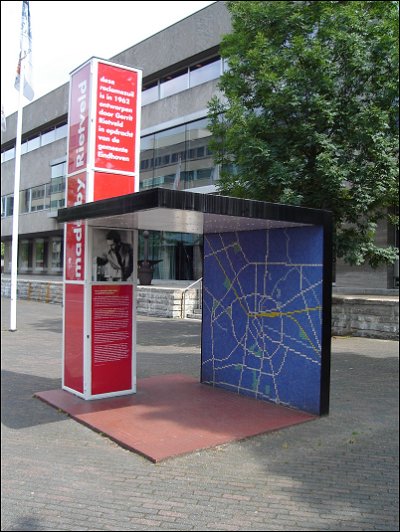
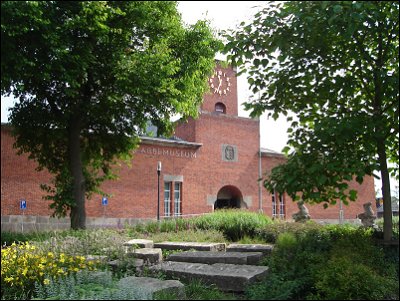

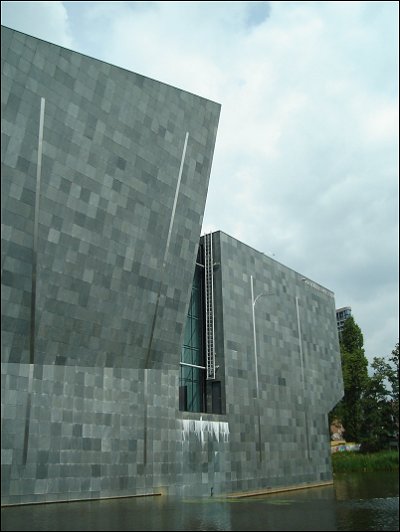

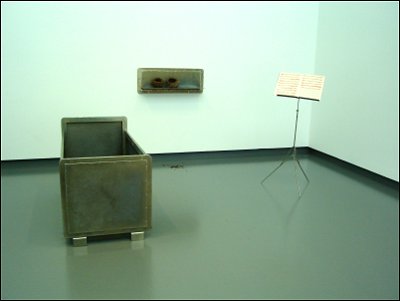

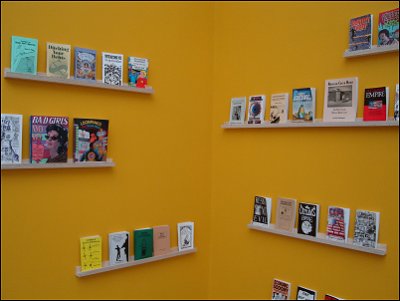

VAN ABBE MUSEUM EINDHOVEN
Tentoonstellingsagenda
24/05/08 – 14/09/08: Be(com)ing Dutch
tot en met april 2009: Plug In
doorlopend: Dan Perjovschi
04/10/08 – 25/01/09: Heartland
17/10/08 – 05/01/09:
Dutch Design Week, Jan Slothouber
18/10/08 – 26/10/08:
Your-space tijdens de Dutch Design Week
Living Archive
15/04/08 – 14/09/08:
Mixed Messages
03/10/08 – 08/03/09:
Stars and stripes forever
Uit de collectie
El Lissitzky & tijdgenoten
Bibliotheektentoonstelling
09/09/08 – 31/10/08: YEP
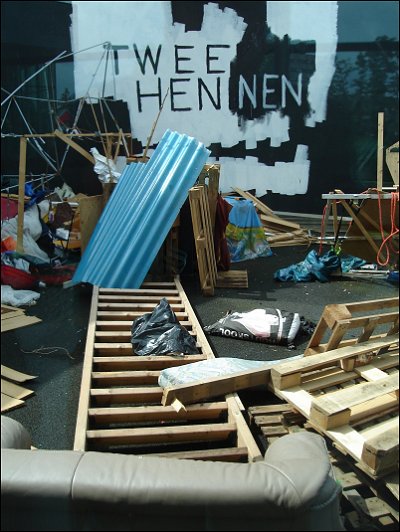
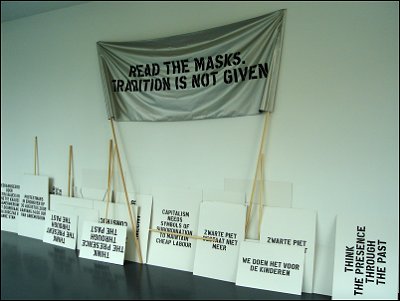
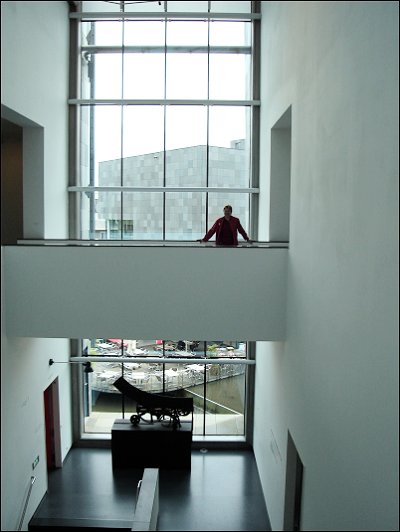

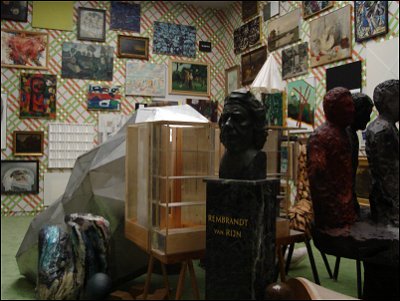
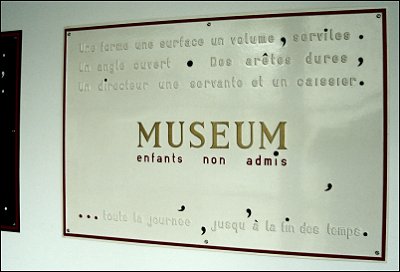
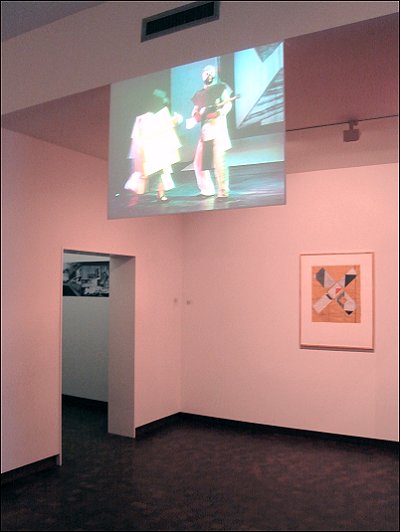
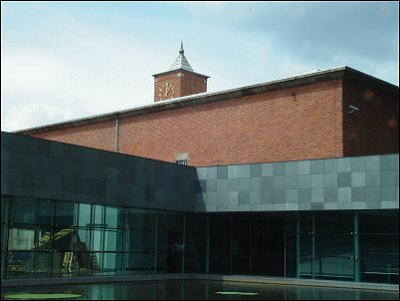
VAN ABBE MUSEUM EINDHOVEN
Tentoonstellingsagenda Augustus 2008
fleursdumal.nl magazine
More in: Exhibition Archive, FDM Art Gallery

Thinking of Joseph Beuys:

‘Art is the science of freedom’
fleursdumal.nl magazine
More in: Exhibition Archive, Spurensicherung
Thank you for reading Fleurs du Mal - magazine for art & literature